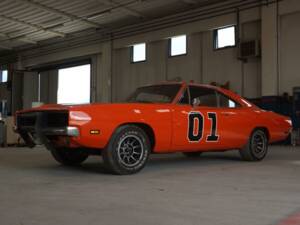Dodge Charger classic cars for sale
The Dodge Charger stands for unfiltered American muscle, unmistakable design, and a remarkable journey from the 1960s up to today. Whether as a powerful street machine, cult vehicle in pop culture, or as a modern-day sedan, every Charger tells its own automotive story.
Search results

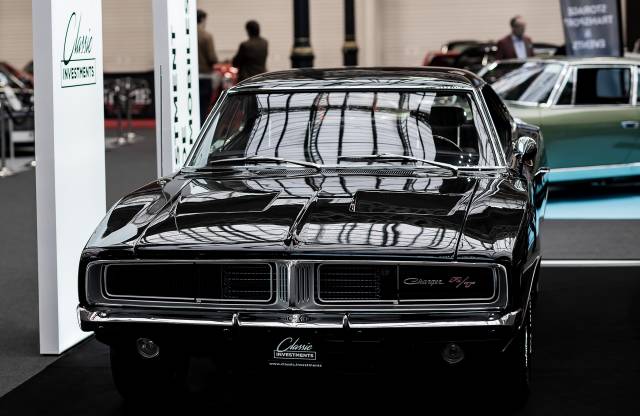
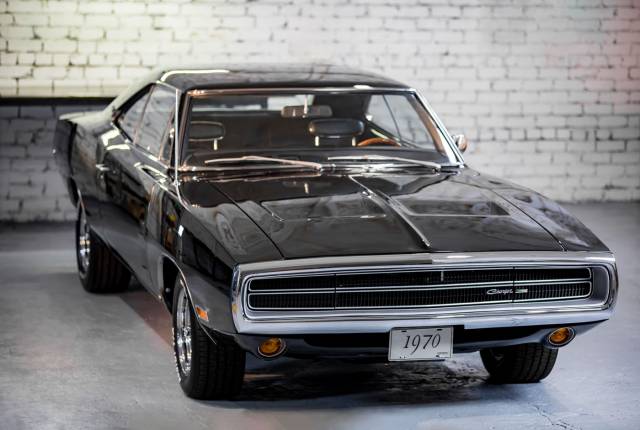
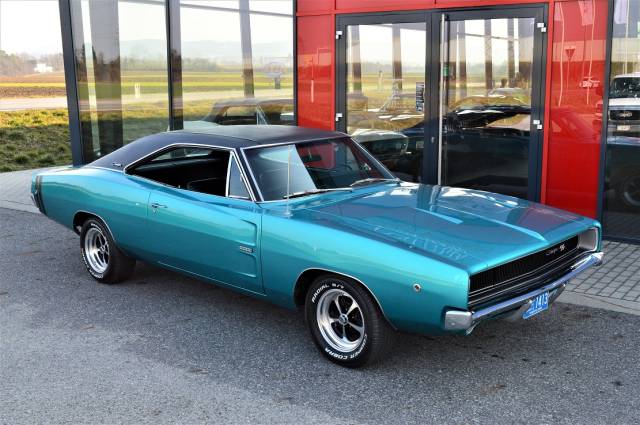
1968 | Dodge Charger R/T 426
Echter HEMI Charger mit R/T Package. (nicht nachträglich zum HEMI umgebaut !!!
Dodge Charger listing references from Classic Trader
Below you will find listings related to your search that are no longer available on Classic Trader. Use this information to gain insight into availability, value trends, and current pricing for a "Dodge Charger" to make a more informed purchasing decision.
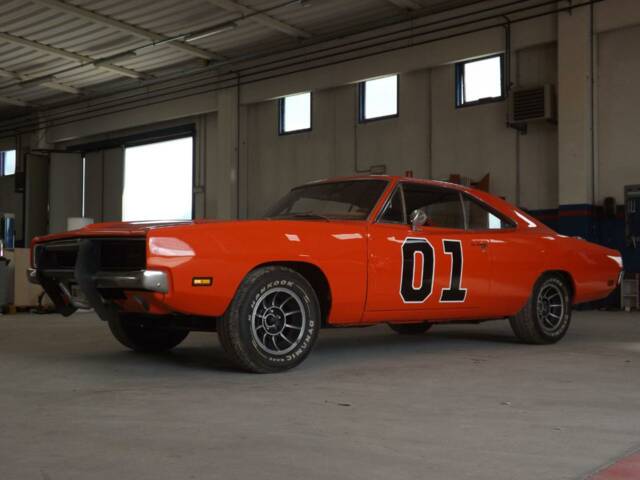
1969 | Dodge Charger 383
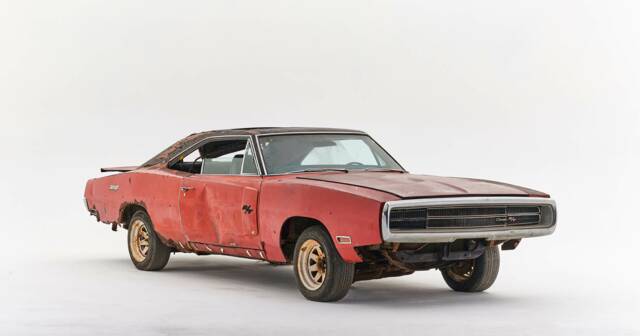
1970 | Dodge Charger R/T 440
1 of 15 R/T SEs
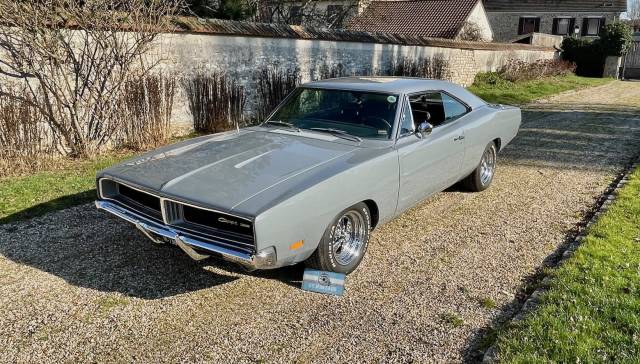
1969 | Dodge Charger R/T 440
GT NARDO ( GT VINTAGE )
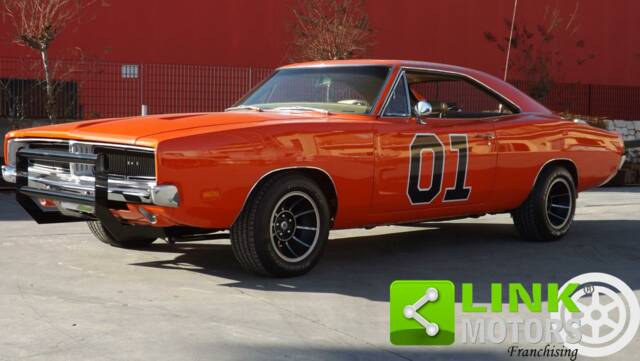
1969 | Dodge Charger 383
DODGE Charger PRENOTATA
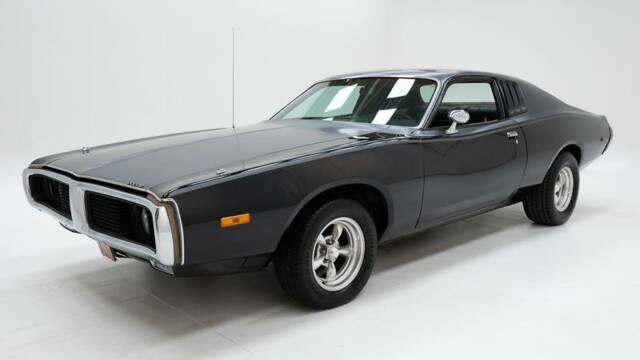
1974 | Dodge Charger 318
1974 Dodge Charger 2-door hardtop coupe V8 '74
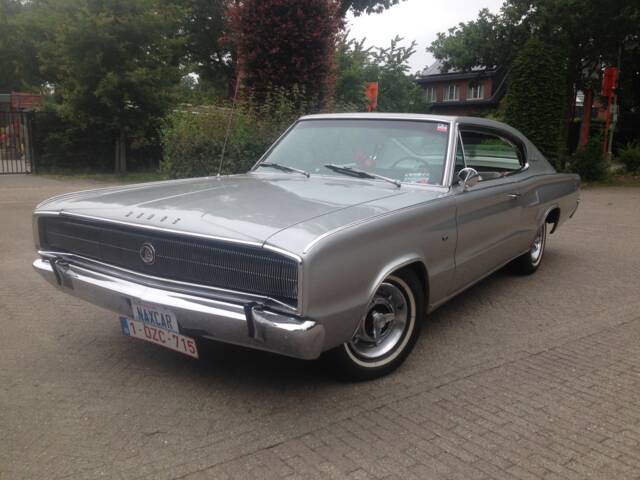
1966 | Dodge Charger
1st Gen Charger – 5.9L V8 – Matching Numbers
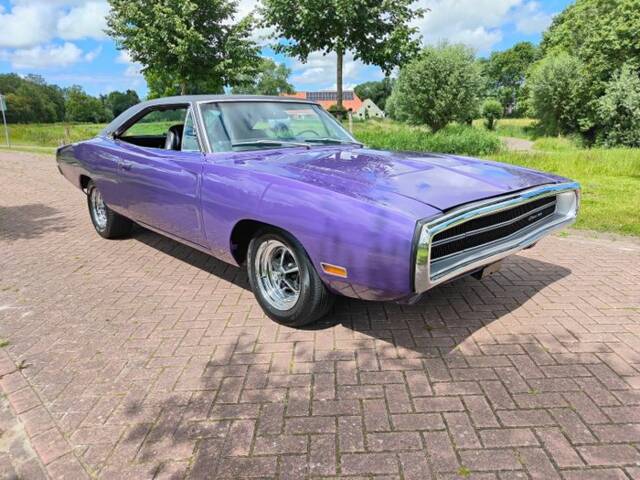
1970 | Dodge Charger 500 Hardtop Coupé
Dodge - Charger 500 - 1970
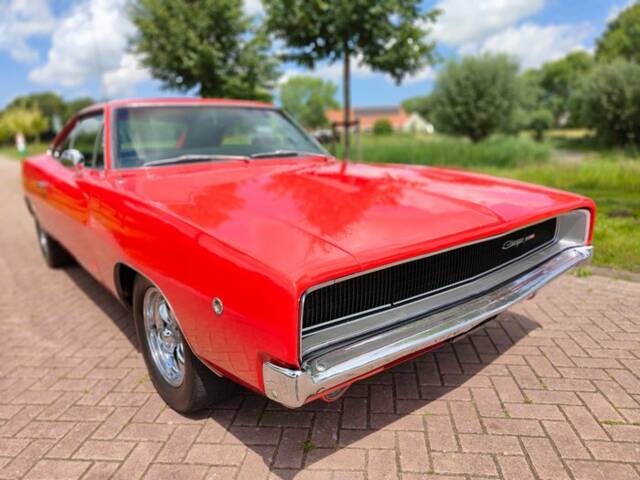
1968 | Dodge Charger 383
Dodge - Charger 383 - 1968
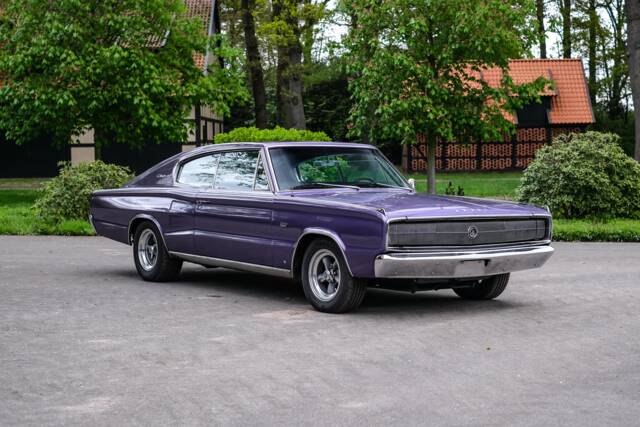
1967 | Dodge Charger
Dodge Charger First Generation 6,2-Liter-V8-Motor (383 cu) Crazy Purple 6.000 € Investitionen Klima H-Kennzeichen USA-Import (1967)
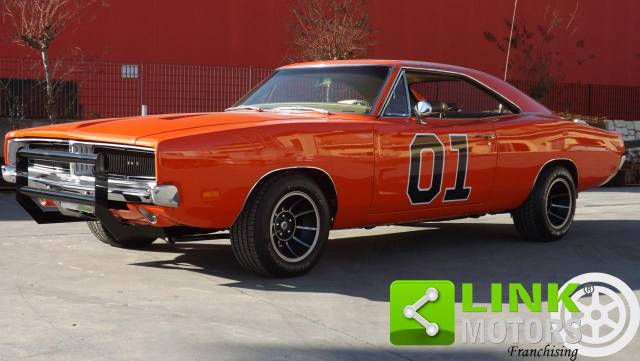
1969 | Dodge Charger R/T
DODGE Charger XP29 SE SPECIAL EDITION
History of the Dodge Charger
Launched in 1966, the Dodge Charger emerged as Dodge’s answer to the rising demand for muscular, performance-oriented cars in the US. The first generation was a two-door fastback coupe that set itself apart with a sharp fastback roofline, hidden headlamps and exclusive dashboard instrumentation with electroluminescence. Building on the Coronet’s platform, the Charger staked its place in the muscle car world. The second generation (1968–1970) saw a sleek redesign and made a mark both on American roads and the silver screen—most famously as the General Lee in 'The Dukes of Hazzard'. 1971 brought another styling change and the beginning of the end for classic muscle, as emission regulations and insurance costs hit the market hard. Despite a break in production, the Charger returned in 2006 as a full-size sedan, now in its seventh generation, and remains Dodge’s performance flagship.
Model history
- 1st Generation (1966–1967): Two-door fastback, V8 engines, limited commercial success.
- 2nd Generation (1968–1970): Sharper styling, highly recognisable front with hidden headlights, major sales leap.
- 3rd Generation (1971–1974): Smoother, rounder lines, end of the classic muscle era.
- 4th Generation (1975–1978): Focus shifts from muscle to comfort and luxury, introduction of S/E model.
- 5th Generation (1982–1987): Downsized, front-wheel drive hatchback, less sporty character.
- 6th Generation (2006–2010): Reintroduction as a four-door sedan, rear-wheel drive, modern HEMI engines.
- 7th Generation (2011–present): Refined styling, performance-focused models like SRT, Hellcat, and over 800 hp in top specs.
Highlights and Unique Features
Over the decades, the Charger has introduced several engineering and styling benchmarks. These include:
- Hideaway headlights and full-width tail-lights (2nd generation).
- Legendary V8s: from the 383 and 440 up to the brutal 426 HEMI.
- Nascar-proven chassis, particularly for the Daytona variant.
- Rallye dashboards, SureGrip differentials, factory performance cooling and brake packages.
- Striking vinyl roofs, unique paint colours (such as Mopar Orange) and rare trim packages.
- Utilisation in film and TV, turning models like the 1969 Charger into cultural symbols.
Technical Data
Special Editions and Collector Models
The Charger’s history is marked by sought-after limited runs and special editions. Noteworthy examples include:
- Charger Daytona (1969–1970): Developed to dominate NASCAR, featuring aerodynamic nose cone and huge rear wing, available only with 440 or 426 HEMI power.
- Charger 500: Aerodynamic improvements, limited production, NASCAR pedigree.
- Charger R/T (Road/Track): High performance variant with 440 Magnum or optional HEMI, often paired with luxury interiors and distinctive chrome bumpers (notably in 1970).
- Shelby Charger (1980s): Turbocharged four-cylinder, heavily modified for sportier driving.
- S/E (Special Edition, mid-’70s): Added comfort and luxury features; short-lived but highly optioned.
Weak Spots and Common Issues
- 1966–1974: Prone to rust in body seams and hard-to-access areas. V8s are durable but many have been heavily modified, impacting reliability. Daytona and HEMI versions need detailed inspection due to their high stresses in motorsport or spirited road use.
- 1975–1987: Parts availability may be tricky for luxury-focused S/E editions. 5th generation front-wheel-drive models generally robust but unremarkable in terms of sporty handling.
- 2006–2020: Engine concerns (rocker arm and roller lifter wear for Pentastar and HEMI V8s), cooling issues, and several electrical recalls (notably airbags and alternators). Braking and some interior trim issues. Always verify service history and prioritise unmodified examples for best reliability outcomes.
General tip: Rust is a constant across all generations—especially underbody and wheel arches. Strict maintenance helps preserve V8 longevity.
Engine, Performance and Handling
Classic Chargers are defined by their potent V8s and rear-wheel drive platforms. Early models—especially 2nd generation—offered massive torque from 6.3L, 7.0L HEMI, and 7.2L engines, frequently paired with firm, Nascar-derived chassis and brake upgrades (Daytona, R/T). Modern sedans since 2006 retain the performance focus, with options up to 800+ hp. Handling is typical American full-size: straight-line speed dominates, while later models (SRT/Scat Pack) add confident braking and suspension for spirited driving. - 2nd gen Charger R/T: 440 Magnum V8, heavy duty running gear, muscular looks.
- Charger Daytona: Purpose-built for Nascar, aerodynamic modifications, huge rear spoiler.
- Modern SRT Hellcat: 6.2L supercharged HEMI, 717–800+ hp, launch control, Brembo brakes.
Interior, Comfort, Exterior and Design
Charger design evolved from sweeping fastback coupes with twin bucket seats and electroluminescent gauges to bold, aggressive sedans with aerodynamic tweaks (e.g., the Daytona’s nose and wing). Notable design elements include:
- Hideaway headlights, wraparound chrome front bumpers (1970), and full-width tail lamps.
- Special interiors with leather or vinyl seats, optional consoles, woodgrain dash panels (especially on R/T and SE models).
- Distinct paint codes, vinyl roofs, rare Mopar colour palettes, factory and period-correct aftermarket alloys.
- Motorsport-inspired features: roll cages (in racing models), reinforced chassis for high-performance variants.
- Accessories like original radios, clock options, ‘Tuff’ steering wheel, and SureGrip axles.
Other relevant features
Charger models frequently appear in films, TV, and popular culture, contributing to their recognisability. Many cars have extensive individual modifications—from NASCAR builds to custom street machines. Modern Chargers are also used as police vehicles, especially in the USA, demonstrating their ongoing reputation as performance leaders in practical applications.
Summary
The Dodge Charger remains a symbol of raw American power combined with striking design—from its dramatic 1960s origin, through years as a dominant muscle car, and into a contemporary performance icon. Its enduring appeal is substantiated by strong demand for late-60s models, legendary powertrains, and a thriving subculture of restoration, modification, and racing. Every Charger generation offers its own personality and enthusiast base—whether you’re hunting for a classic R/T, a rare Daytona, or the sheer force of a modern Hellcat, the Charger is central to the story of American high-performance vehicles.
